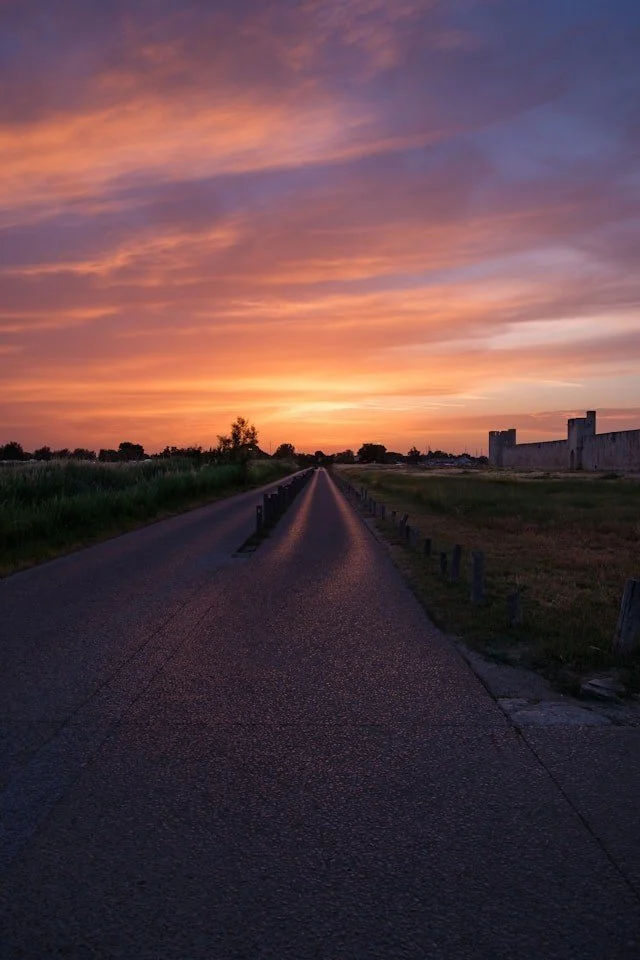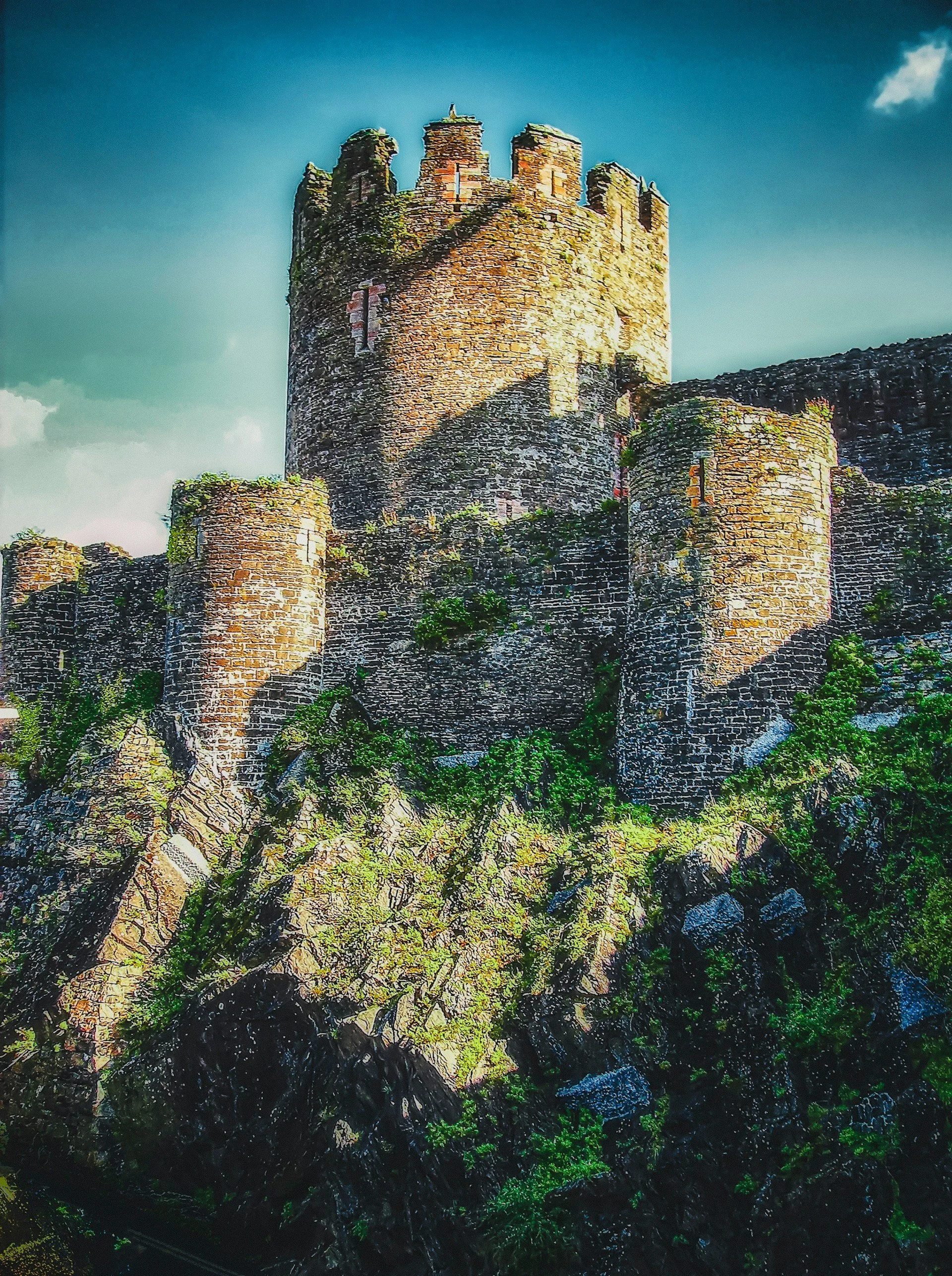Another Adventure Beckons: La Pagarine
Bonjour France! In our last salty adventure we visited 5 sea salt farmers across the globe. From the San Juan Island in Washington State USA to far flung Trapani in Sicily. You can read about THOSE it by checking out the blog posts below. This year we are concentrating on France.
France holds a special place in my heart. I lived and studied in Paris and worked in the South Western Mediterranean for 2 glorious summers as a sailing instructor. It was there that I fell in love with the amazing contrasts in culture, wine and food…all within the amazing less touristed part of France.
This winter we’ll be hiking an ancient “Route de Sel” in Italian its known as the “Via di Sale”. One of the many routes mules laden with sea salt took. Snaking up the valleys and through the limestone crested hills. Our route will take us from the azure blue Med starting near Nice, across the Alpi Maritimo (Les Alpes Martime to the French) to Cuneo in North Western Italy. Its called the Royal Route and a little less visited than La Pagarine which takes a longer and more circuitous route to Cuneo.
3 Routes de Sel. La Pagarine, The Royal Route and The Smugglers Route.
Follow this journey on the blog as we share the delights and challenges of this little Adventure.
After that we’re heading to our base, a small village just north of Narbonne. Here we’ll journey out to catch up with natural sea salt farmers from Gruissan known for its pink sea salt through to the ancient salines in the Carmargue. The Mediterranean salines (salt ponds) as they are known are hundreds of years old and have been inextricably tied to the trade of sea salt for millennia. This hot, flat countryside is known not only for its salt but its wine too. The Languedoc and L’Aude make great reds and rose.
Being in the heart of Cathar country will also be a highlight. The Cathars were a religious group that thrived in the Languedoc region between the 12th and 14th centuries. Believed to be heretical by the Pope they were massacred and forced to convert to a more mainstream Catholicism. Leaders and communities where forced from there traditional lands and property and had to re-stablish themselves higher and higher up the mountains to escape persecution. There they built forts and castles. The end wasnt great for the Cathar who where in the end wiped out or assimilated. Today the landscape bears lasting reminders of this with lonely decaying medieval castles perched upon arid limestone peaks.
The Opito Bay Salt team will also meet up with local producers and of course be sampling local delicacies. Im particularly keen to try “socca” a traditional chickpea flour dish similar to a pizza base with lots of sea salt and pepper. I also cant wait to try other the salt inspired sea food dishes that are a specialty of the region and to follow the sea salt as it makes its journey in everything from olive and anchovy production through to cheese.
We’ll be bringing out highlights along our journey so make sure to check our pages and social feeds as we adventure through this fascinating landscape.












